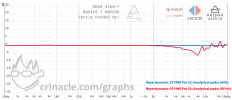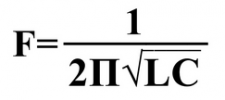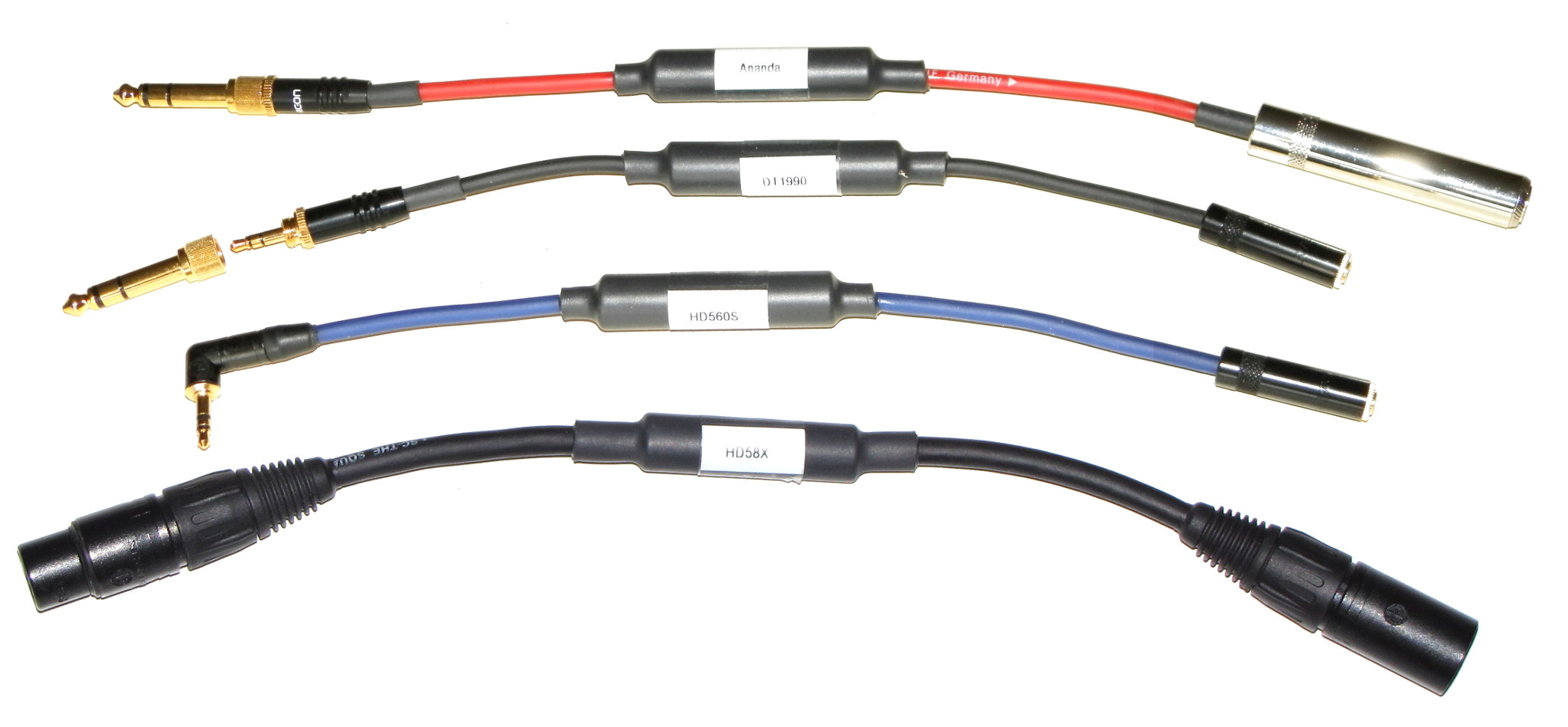Fraxo
Active Member
- Joined
- Jan 1, 2022
- Messages
- 100
- Likes
- 27
So I stumble upon this guy - modified the DT1990 and somehow created a Passive Filter to reduce the "8k" peak.
He mentioned @solderdude as well so I read a few posts here from years ago - yet my question remains (since no one addressed it):
I was wondering, how do you choose components THAT accurately impede current, in only specific frequency ranges and how does it work electronically? I mean, I understand that a capacitor could be used as a HP filter and an inductor - LP, but the guy in the vid mentioned that there's "a gap in the middle" where the chosen component only impede a certain range \ peak.
I would be highly appreciative if someone could break down the relationship between components in simple terms, to understand how they affect the incoming current SO specifically.
1) Is it difficult to achieve \ calculate for such narrow changes and how is it done properly?
2) What scientifically happens to the current out of the Amp and before it gets to the driver to be able to impede it so specifically rather than a common wider range?
Would love to play around with such DIY filters for learning purposes.
Thanks!
He mentioned @solderdude as well so I read a few posts here from years ago - yet my question remains (since no one addressed it):
I was wondering, how do you choose components THAT accurately impede current, in only specific frequency ranges and how does it work electronically? I mean, I understand that a capacitor could be used as a HP filter and an inductor - LP, but the guy in the vid mentioned that there's "a gap in the middle" where the chosen component only impede a certain range \ peak.
I would be highly appreciative if someone could break down the relationship between components in simple terms, to understand how they affect the incoming current SO specifically.
1) Is it difficult to achieve \ calculate for such narrow changes and how is it done properly?
2) What scientifically happens to the current out of the Amp and before it gets to the driver to be able to impede it so specifically rather than a common wider range?
Would love to play around with such DIY filters for learning purposes.
Thanks!
Last edited:





